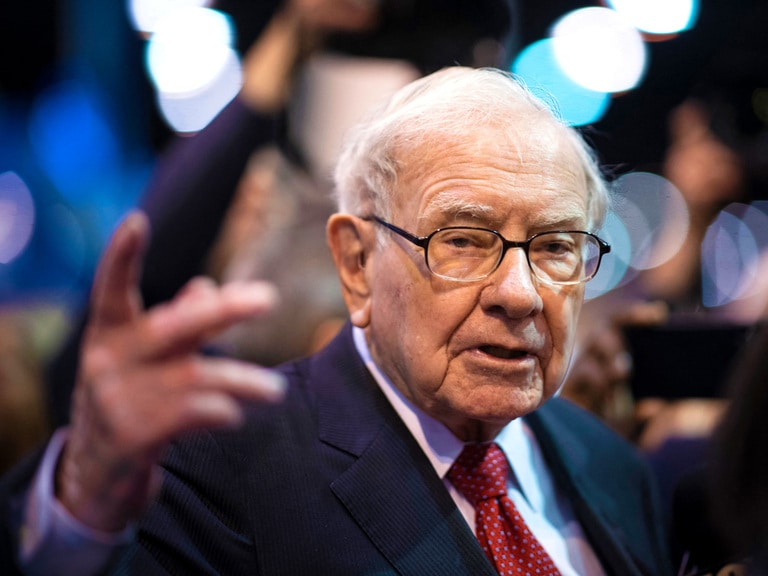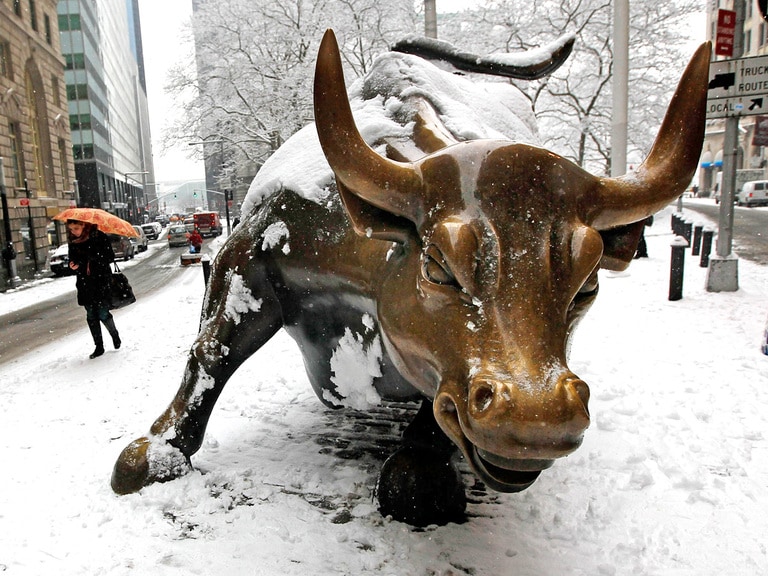While Covid lockdowns and declining energy demand have hurt the nuclear industry, uranium stocks have rallied since Russia’s invasion of Ukraine as prices continue to climb.
Soaring uranium prices since the Russian invasion of Ukraine have helped energise the North Shore Global Uranium Mining ETF [URNM]. The URNM tracks the performance of companies involved in the mining, exploration, development and production of uranium, as well as companies that hold physical uranium.
Since the war began on 24 February, the uranium spot price has climbed 13.5% to a near 10-year high of $51.40.
According to data aggregator Trading Economics, this is the result of an “upbeat global outlook for nuclear energy”, powered by uranium in its reactors. “The outbreak of war in eastern Europe and the impact of sanctions could reshape the energy transition debate, particularly given the region’s high dependency on Russian energy commodities,” it said.
In light of these recent events, the URNM share price has risen 20% since the end of January to $72.09 at the close on 4 March. This had followed a drop from $102 in mid-November.
Uranium in favour
Isolating Russia politically and economically, and reducing the West’s dependence on its gas and oil — prices for both of which have rocketed in value in the crisis — is indeed likely to mean that more European governments will look to nuclear as an alternative. It is also seen as a clean energy alternative to fossil fuels, although one that has been overshadowed by memories of nuclear disasters at Chernobyl in Ukraine in the 1980s and Fukushima in Japan in 2011.
Germany has signalled that it could partly reverse its nuclear phase-out plans and keep its plants on-line. Even before the Ukraine crisis, France also announced plans to open 14 new nuclear reactors by 2050.
On the supply side, Trading Economics added, mining giant Cameco [CCJ] has announced plans to restart uranium production at its McArthur River/Key Lake site in Canada, which has been idle since 2018.
“We see a market where fundamentals are shifting in our favour,” Cameco president and CEO Tim Gitzel said.
Supply chain concerns
Uranium prices have also been boosted by supply chain concerns, given that a considerable amount of US electricity is generated by uranium from Russia, Kazakhstan and Uzbekistan. According to the EIA, approximately 46% of US uranium was imported from these three countries in 2020.
David Talbot of Red Cloud recently told INN that payments could also become a problem given SWIFT restrictions on Russian banks. “I think payments for deliveries now is becoming the big concern, and that doesn’t consider whether Russia will want to supply uranium or enrichment services to the West,” Talbot said.
Talbot added that the price has been impacted by Sprott Physical Uranium Trust recently raising $100m – enough to buy over 200 million pounds of uranium. “It does seem apparent that many investors believe this Russia/Ukraine situation will lead to higher uranium prices. That said, I don't think there is a lot of risk premium built into the current spot price. The price appreciation looks to be more a response to Sprott buying,” he said.
“We see a market where fundamentals are shifting in our favour” – Cameco CEO Tim Gitzel
Covid-19 impact
Miners’ revenues have been hit over the past 18 months or so by mine closures due to Covid-19 and declining energy demand during lockdowns.
According to the World Nuclear Industry Status Report, only six nuclear reactors went on-line in 2021, compared with hopes for 16 at the start of the year. Half of the new openings were in China.
The year also marked the highest number of nuclear reactor closures in a decade, with sites shutting down in Germany, the UK and Taiwan, among others.
“Net nuclear capacity addition — new startups minus closures — declined to 0.4GW, compared to >250 GW for renewables alone. Nuclear is irrelevant in today’s electricity capacity newbuild market,” the report said.
This is why the URNM has a year-to-date daily total loss of 10.95%, but its total assets of $875.2m are far ahead of the $502.9m it had in September.
It has 35 holdings, of which Cameco has the biggest weighting with 17.51%, followed by National Atomic Company Kazatomprom [KAP.L] (11.10%), Sprott Physical Uranium Trust [U-U.TSX] (9.38%) and Yellow Cake [YCA.L] (6.62%).
In another sign that nuclear may be set to glow in the months ahead, Cameco’s shares have popped since the Russian invasion. Its price has climbed 30% since the start of February, while the Sprott share price was up 23%.
Nuclear fears remain
There are challenges ahead, though. Nuclear reactors are complex developments that can’t be erected overnight. If there is going to be a volte-face in European nuclear energy policy, then investors need to be aware that it is a long-term project.
The Russian seizure of the Chernobyl nuclear plant and particularly its attack on the Zaporizhzhia nuclear plant have also reminded the world of the dangers of nuclear power and what impact a moment of madness, error or natural disaster could lead to.
After the Russian attack on the plant, the URNM share price dived 7% overnight. It recovered after it was revealed that no nuclear leak had taken place. Yet, it was a warning sign for the fragility of investing in nuclear energy.
Disclaimer Past performance is not a reliable indicator of future results.
CMC Markets is an execution-only service provider. The material (whether or not it states any opinions) is for general information purposes only, and does not take into account your personal circumstances or objectives. Nothing in this material is (or should be considered to be) financial, investment or other advice on which reliance should be placed. No opinion given in the material constitutes a recommendation by CMC Markets or the author that any particular investment, security, transaction or investment strategy is suitable for any specific person.
The material has not been prepared in accordance with legal requirements designed to promote the independence of investment research. Although we are not specifically prevented from dealing before providing this material, we do not seek to take advantage of the material prior to its dissemination.
CMC Markets does not endorse or offer opinion on the trading strategies used by the author. Their trading strategies do not guarantee any return and CMC Markets shall not be held responsible for any loss that you may incur, either directly or indirectly, arising from any investment based on any information contained herein.
*Tax treatment depends on individual circumstances and can change or may differ in a jurisdiction other than the UK.
Continue reading for FREE
- Includes free newsletter updates, unsubscribe anytime. Privacy policy





